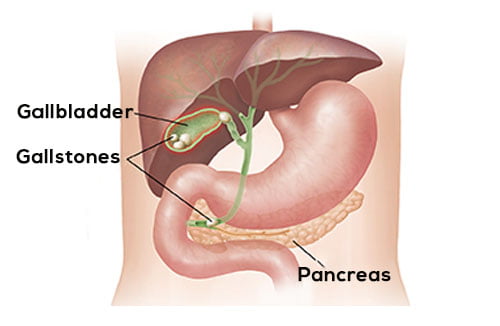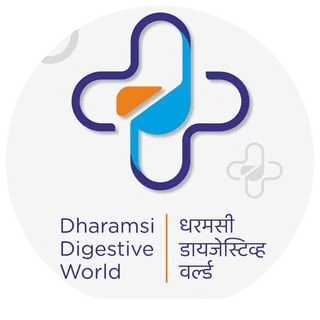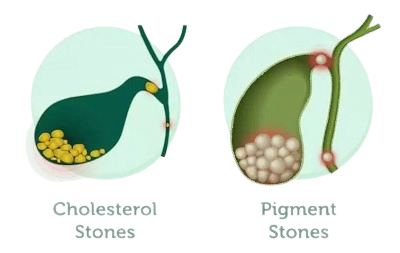Gallbladder Stone

Treatments
Gallbladder Stone
We will provide effective treatment for Gallbladder.
Gallstones, also known as cholelithiasis, are hardened deposits that form in the gallbladder, a small organ located beneath the liver. The gallbladder plays a crucial role in the digestive process by storing bile, a fluid produced by the liver that helps in the digestion of fats. When the chemical composition of bile becomes imbalanced, typically due to an excess of cholesterol or bilirubin (a waste product from the breakdown of red blood cells), gallstones can form.
Types of Gallstones
Cholesterol Stones
These are the most common type, accounting for about 80% of cases. They form when there is an excess of cholesterol in the bile. Cholesterol stones are usually yellow-green in color and can vary in size from tiny particles to larger stones.
Pigment Stones
These stones are less common and are primarily composed of bilirubin. They tend to be smaller and darker in color than cholesterol stones. Pigment stones are often associated with certain medical conditions, such as cirrhosis of the liver or hemolytic anemia.
Symptoms
Gallstones may vary in size and number. Some people may develop only one large stone, while others may have numerous smaller stones. The presence of gallstones may not always cause symptoms, and they can remain asymptomatic for years. However, when a gallstone obstructs the bile duct or causes inflammation of the gallbladder (cholecystitis), it can lead to symptoms such as:

Abdominal Pain
The most common symptom of gallstones is sudden, intense pain in the upper abdomen, typically on the right side. This pain, known as biliary colic, may radiate to the back or shoulder blades and can last from several minutes to several hours. It often occurs after a fatty meal.

Changes in Stool and Urine Color
Obstruction of the bile duct can affect the color of stool, causing it to become pale or clay-colored. Conversely, urine may become darker in color due to increased bilirubin levels.

Jaundice
If a gallstone obstructs the bile duct, it can interfere with the normal flow of bile and lead to jaundice, a condition characterized by yellowing of the skin and eyes.

Fever and Chills
In cases where gallstones cause inflammation of the gallbladder or infection (cholecystitis), fever and chills may occur.

Nausea and Vomiting
Gallstone-related pain may be accompanied by nausea and vomiting.


